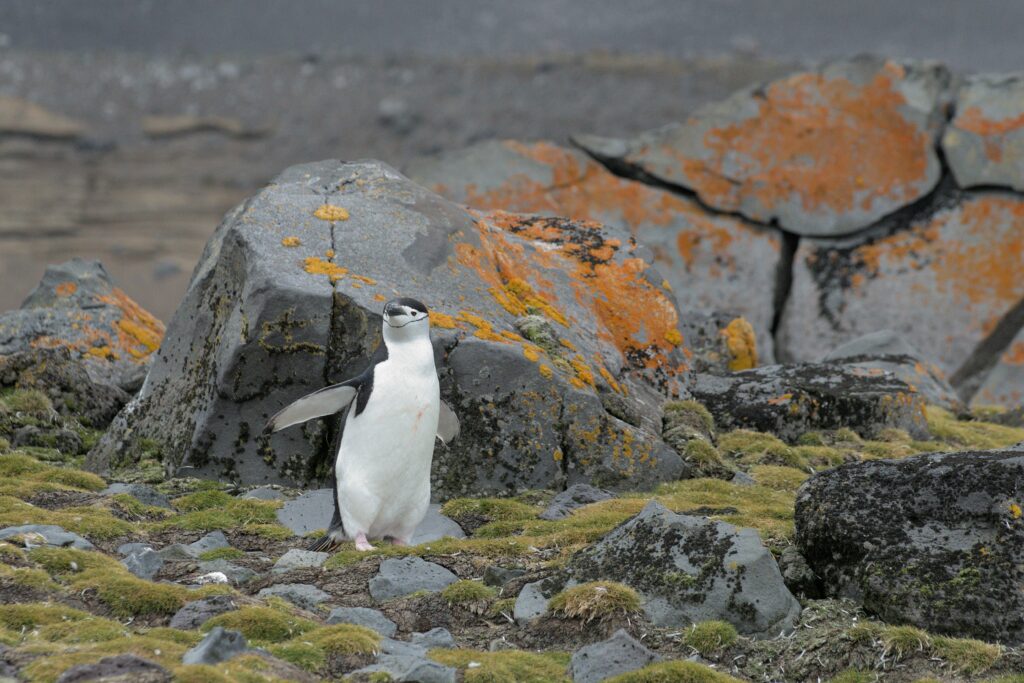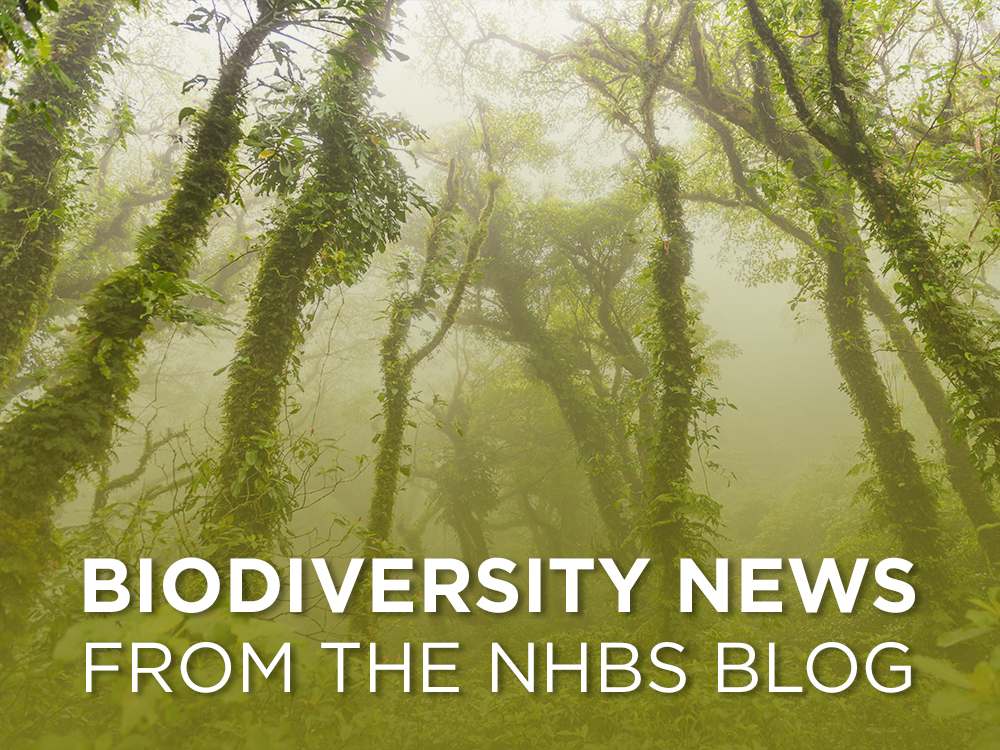Pollution
Marine noise pollution is inhibiting the recruitment and settlement of oyster larvae. A study from the University of Adelaide has reported a disturbance in oyster uptake in conservation projects where acoustic technology is used to attract larvae to new settlement areas. These invertebrates use natural acoustic cues to dictate their settlement, as well as navigation, communication and predator avoidance, making them more vulnerable to changes in their soundscape. Noise pollution from shipping, construction and machinery is interfering with these acoustic cues and limiting the benefits of acoustic technology in attracting oysters to reef habitats.
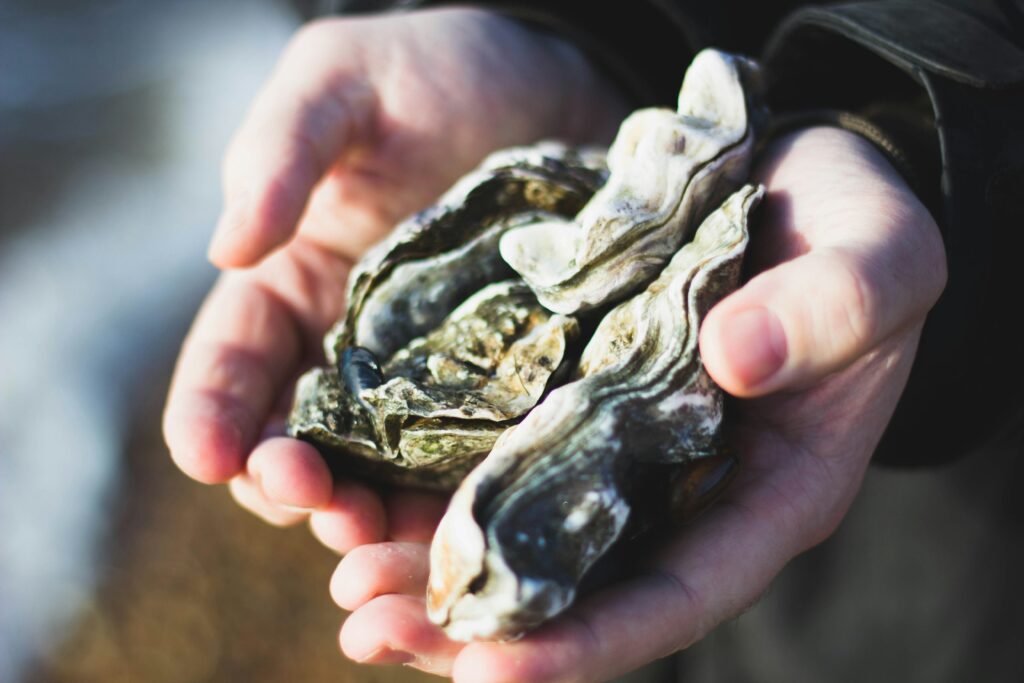
Artificial light in urban areas is impacting herbivory on trees. A study in Beijing showed that tree leaves in urban environments are visibly less damaged than rural tree communities. The study found that trees exposed to greater levels of illuminance from streetlights concentrate their energy on defense by thickening their leaves and producing chemical compounds such as tannins. The results suggested that trees exposed to high levels of artificial light may extend their photosynthesis duration, thus resulting in these characteristics. Ramped up defences means that thickened leaves are inedible for invertebrates, which could have cascading effects on the rest of the food chain, leading to a harmful reduction of herbivorous insects and predatory species in urban areas.
Wildlife
A badger vaccination programme in Cornwall shows promise in helping to manage bovine tuberculosis (bTB). The farmer-led pilot was conducted over four years in Cornwall and involved mass vaccination of badgers across 12 farms with huge success – around 74% of local badgers received the vaccine, with the number of infected badgers falling from 16% to zero. With bTB highly destructive to farmers and their livelihoods, the disease results in tens of thousands of cattle being culled each year and, although large-scale assessment is needed to measure vaccination impact on disease rates in cows, this programme could substantiate calls for the government to further support community-led vaccination.
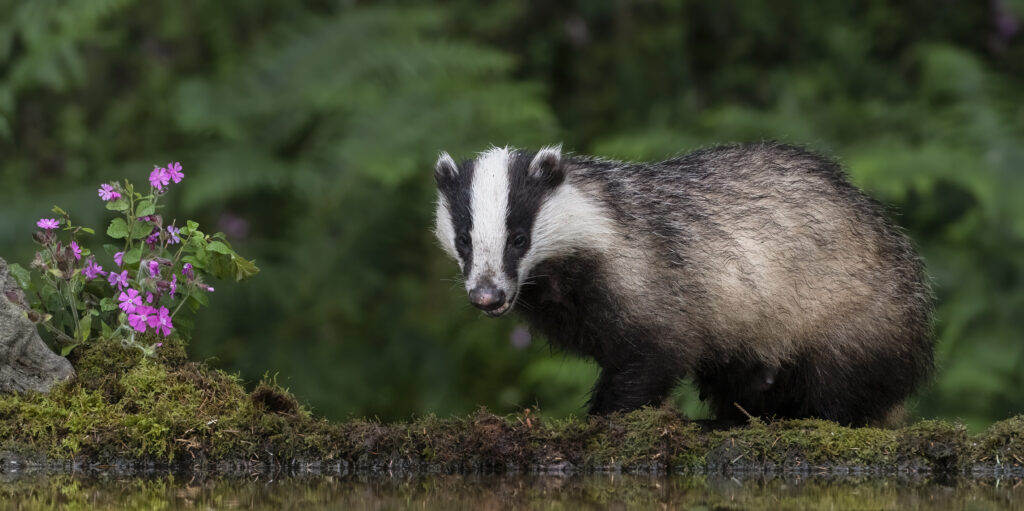
Brazil is moving forward with plans to turn the Pantanal into an industrial waterway. The world’s largest wetland, comprised of over 1,200 rivers and streams, is home to an astonishing level of diversity and supports a host of vulnerable and endangered species, including Jaguars and Giant Otters. This biologically-rich environment is at risk from the Hidrovia Project – a plan proposing to build ports, straighten river bends and dredge the Paraguay riverbed to establish a shipping route for crops such as sugar and soya beans. This development could bring about irreversible damage to the environment – disconnecting the river from its floodplain, shrinking wetland habitats and causing disruption to seasonal flood patterns – meaning extinction for many of the animals taking refuge there.
The largest outbreak of avian influenza is infecting hundreds of species across the world. H5N1, a highly contagious, deadly strain of bird flu, is threatening the world’s biodiversity after infecting 485 bird species and 48 mammal species, including Polar Bears and captive tigers. The virus broke out in Europe in 2020, where it spread to a further six continents through bird migratory pathways. This evolutionarily flexible pathogen is ravaging wild animal populations across the globe, decimating 40% of Peruvian pelicans, 17,000 Argentinian Elephant Seal pups, over 30,000 Sea Lions and 75% of breeding Great Skuas in Scotland, among others. With continuous adaptation, the virus is now able to spread directly between mammals, raising greater concerns for human health and wellbeing.
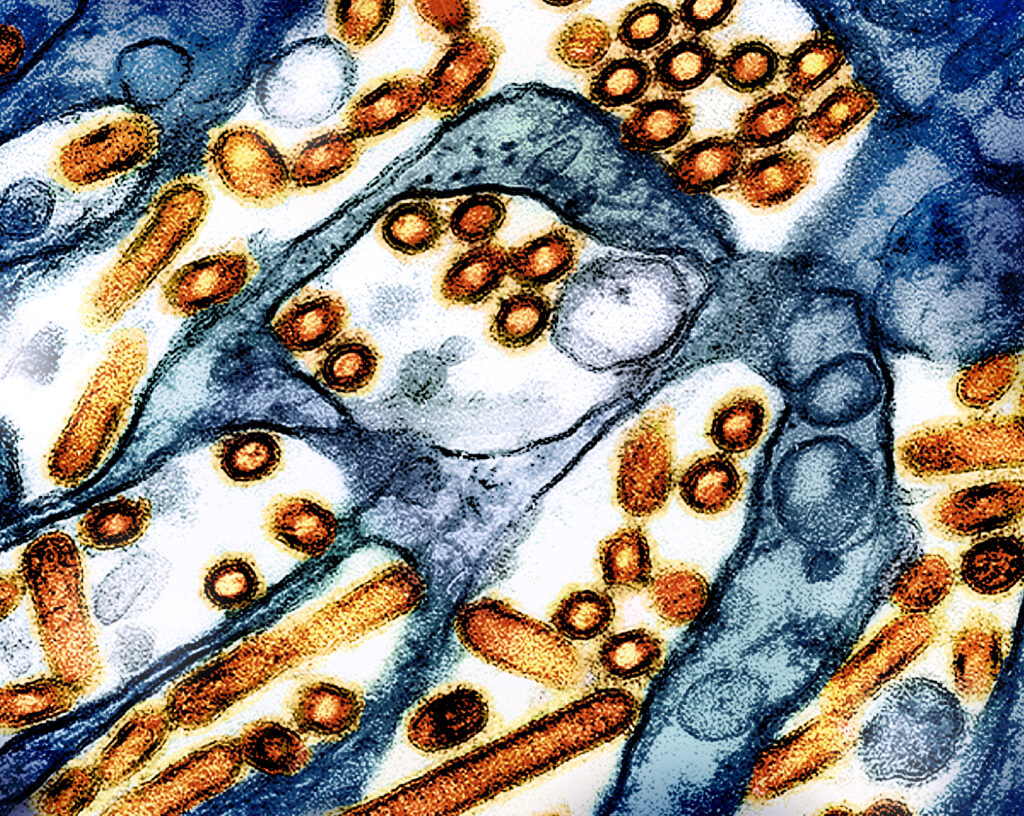
Conservation
The Wildlife Trust of South and West Wales (WTSWW) is set to begin the restoration of lost rainforests in Pembrokeshire. Historically, the west coast of Britain had large expanses of temperate rainforest that were gradually destroyed over hundreds of years. Only 1% of these habitats remain, and WTSWW wishes to return these areas to their former glory, improving habitats for wildlife in the area. Currently, the 146-acre land is designated for agriculture with nearly all fields grazed, but the Trust hopes to begin planting the first seeds in 2025, with visible growth in three years.
A continent-wide survey of Antarctica’s plant life has revealed growth in previously uncharted areas. This survey provides a baseline of lichens, mosses and algae, which will be used to monitor vegetation responses to climate change and inform conservation measures in the region. Researchers employed a European Space Agency satellite to sweep the area, and combined this data with field measurements. The survey has detected almost 45km2 of vegetation in the region, accounting for only 0.12% of Antarctica’s ice-free area, highlighting the importance of these environments.
